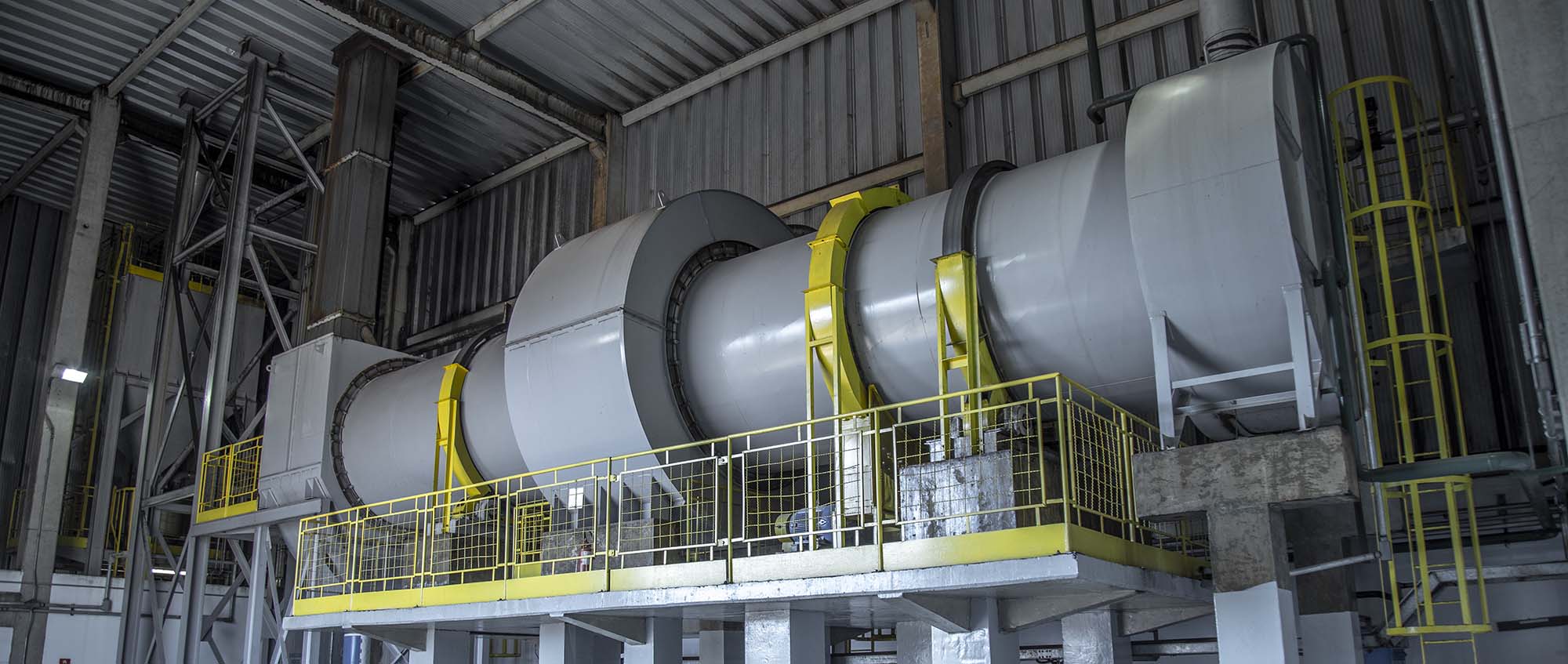Did you know that the industrial sector of the U.S. consumes 33% of the natural gas used in the U.S. according to U.S. Energy Information Administration?
A new thermo-vaccum drying technology jointly pioneered by the Gas Technology Institute (GTI) and Wilson Engineering Technology (WET) offers significant energy savings for manufacturing processes that require drying.
How does it work? The main thermal input from any energy type (natural gas, waste heat, solar, or biogas) is converted into a dynamic vacuum to accelerate the drying process. This drying technology is estimated to reduce energy consumption by a minimum of 50% in comparison with conventional drying equipment.
Due to a steam-driven ejector-based subsystem coupled with an advanced heat exchanger subsystem, about 95% of the total input energy is utilized in the moisture removal process. Additionally, a full regeneration of the evacuated moisture is captured for reuse in other services at the manufacturing facility. The new technology is anticipated to decrease primary energy input by 1.5-2 times due to the intense removal of moisture which results in lower heat supply requirements.
Axiom has identified possible commercialization opportunities for this new technology. High return applications include drying feathers, poultry meal, and pig hair. Axiom is scheduling beta test sites for this new technology which are funded by the federal and state departments of energy.
Key performance indicators to measure project success include:
- Drying time reductions of at least 4X
- Energy savings of 50%+
- Greenhouse gas emissions reductions of 3X
- 80%+ reductions in water consumption due to moisture recovery and reuse
- Carbon intensity reductions of 50%+
For more information, contact: mreiber@axiomcom.com or rbeachy@axiomcom.com


No Comments